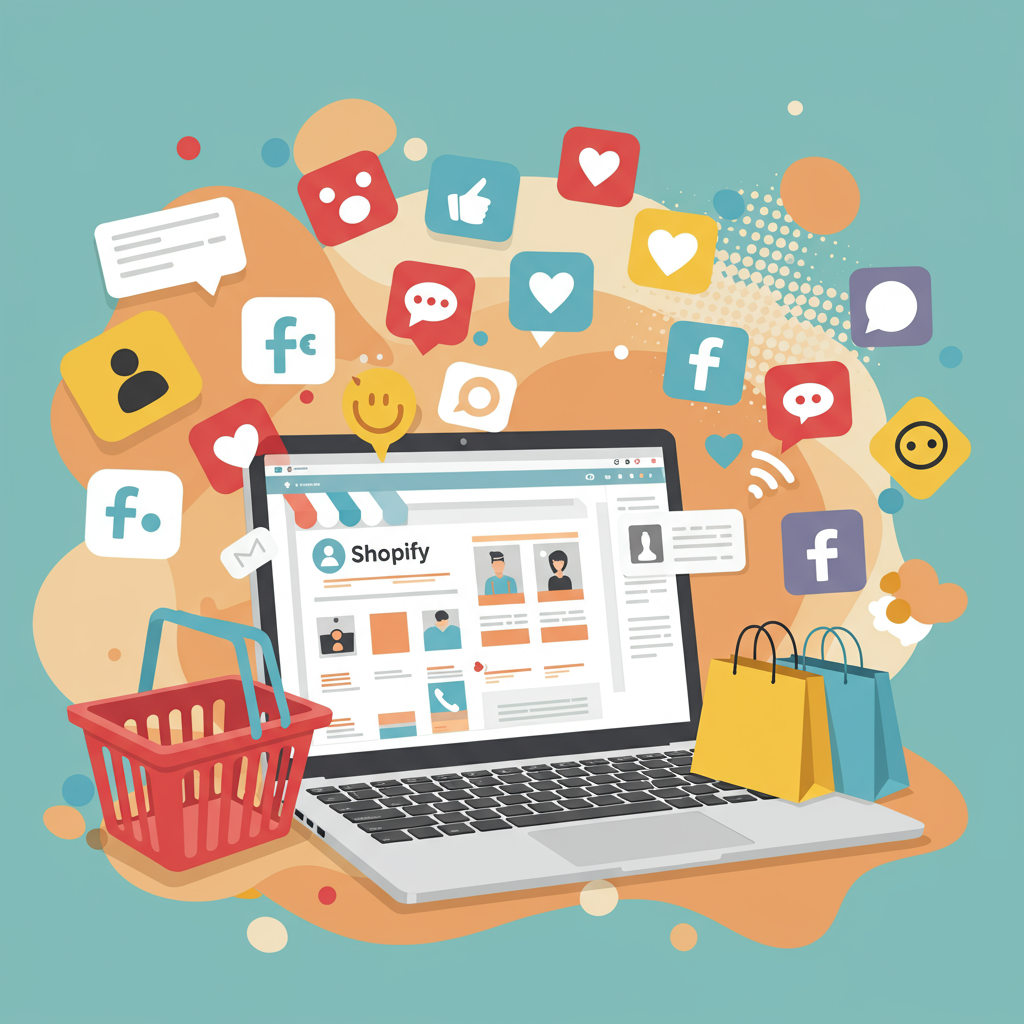A comprehensive guide for merchants to leverage social platforms and boost sales.
As a Shopify merchant, you already know the power of having a fantastic online store. But simply having a store isn’t enough in today’s competitive landscape; you need to bring customers to your digital doorstep.
That’s where social media marketing comes in. It’s not just about posting pretty pictures; it’s about building a community, driving traffic, and ultimately, converting followers into loyal customers.
I’m here to guide you through some of the most effective social media campaign ideas tailored specifically for your Shopify store. My goal is to help you transform your social presence into a powerful sales engine.
Before diving into platform-specific tactics, let’s establish some foundational principles. First, always know your audience. Understanding who you’re trying to reach will dictate your content, tone, and even the platforms you prioritize.
Consistency is absolutely key. Regular posting, engaging with your audience, and maintaining a cohesive brand voice across all channels builds trust and keeps your brand top-of-mind.
High-quality visuals are non-negotiable. Whether it’s product photography, lifestyle shots, or engaging videos, your content needs to be visually appealing to stand out in crowded feeds.
Every piece of content should have a clear call to action (CTA). Do you want them to visit your product page, sign up for your newsletter, or participate in a contest? Make it explicit.
Crucially, integrate your social media efforts directly with your Shopify store. Utilize shoppable posts, product tags, and direct links to make the path from discovery to purchase as seamless as possible.
Let’s start with Instagram, a visual powerhouse perfect for showcasing products. Leverage Instagram Shopping features to tag products directly in your posts and Stories, allowing users to click and buy instantly.
Consider running influencer marketing campaigns. Partner with micro-influencers whose audience aligns with your target demographic. Their authentic endorsements can drive significant traffic and sales to your Shopify store.
Encourage user-generated content (UGC) by running contests where customers share photos or videos using your products. This builds social proof and provides you with a wealth of authentic content.
Utilize Instagram Stories for behind-the-scenes glimpses, polls, Q&A sessions, and exclusive flash sales. Stories create urgency and a sense of exclusivity, driving immediate action.
Explore Instagram Live for product launches, demonstrations, or interactive Q&A sessions. Live shopping events are gaining traction, allowing customers to purchase directly during your broadcast.
Moving to Facebook, it remains a vital platform for community building and targeted advertising. Integrate your Shopify store directly with Facebook Shops, creating a seamless shopping experience within the platform.
Facebook’s robust advertising platform allows for incredibly precise targeting. Use it to retarget visitors who abandoned their carts on your Shopify store or create lookalike audiences based on your existing customer data.
Create a private Facebook Group for your most loyal customers. This fosters a strong community, allows for exclusive offers, and provides valuable feedback directly from your core audience.
Pinterest is a discovery engine, not just a social network. Optimize your product pins with rich pins that automatically pull product information, pricing, and availability directly from your Shopify store.
Create Idea Pins that tell a story around your products, showcasing them in different contexts or offering styling tips. Think lifestyle boards that inspire and lead users back to your products.
TikTok is the platform for viral growth and authentic content. Create short, engaging videos that showcase your products in a fun, relatable way. Participate in trending challenges and sounds to increase visibility.
Don’t be afraid to show the human side of your brand on TikTok. Behind-the-scenes content, packing orders, or even funny office antics can resonate deeply with the audience and build connection.
YouTube is excellent for more in-depth content. Create product review videos, detailed demonstrations, or ‘how-to’ guides that feature your products as solutions to common problems.
Consider unboxing videos or customer testimonials on YouTube. These build trust and provide social proof, helping potential customers feel more confident in their purchase decisions.
Beyond individual platforms, think about cross-promotion. Link your social media profiles on your Shopify store, and vice-versa. Encourage followers on one platform to check out your content elsewhere.
Always monitor your analytics. Both Shopify and each social media platform provide valuable insights into what’s working and what’s not. Use this data to refine your strategies and optimize your campaigns.
Don’t forget that social media can also be a powerful customer service channel. Respond promptly to comments and messages, turning potential issues into opportunities to build loyalty.
What do you think about this article? I’d love to hear your thoughts and if these ideas resonate with your current marketing efforts.
In conclusion, social media marketing for your Shopify store is an ongoing journey of experimentation and learning. Start with a few ideas, measure their impact, and iterate.
The key is to be authentic, provide value, and consistently engage with your audience. Your Shopify store’s success is intrinsically linked to your ability to connect with customers where they spend their time.
By implementing these strategies, you’ll not only drive traffic and sales but also build a thriving community around your brand, ensuring long-term growth and customer loyalty.






